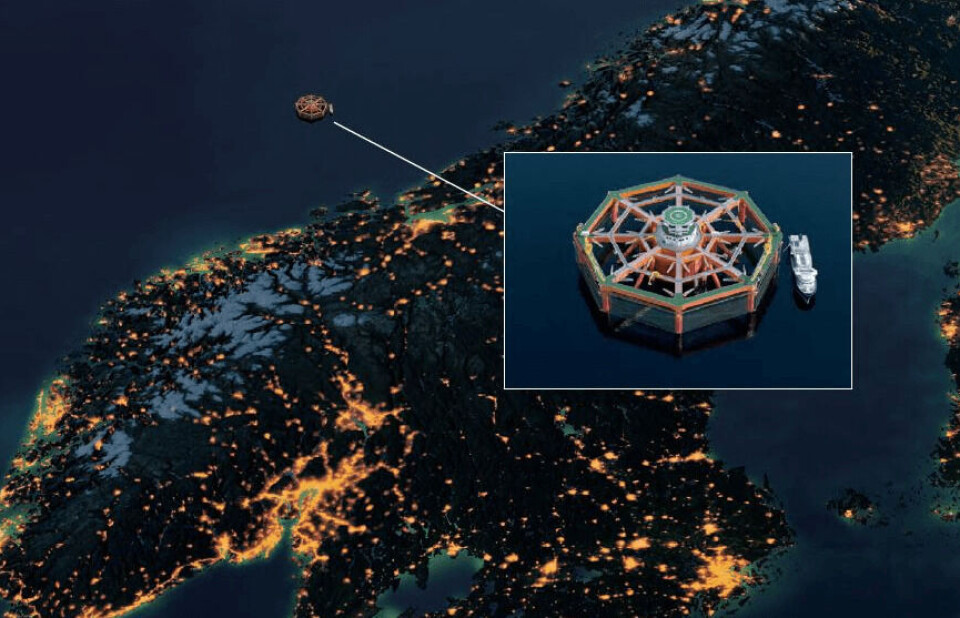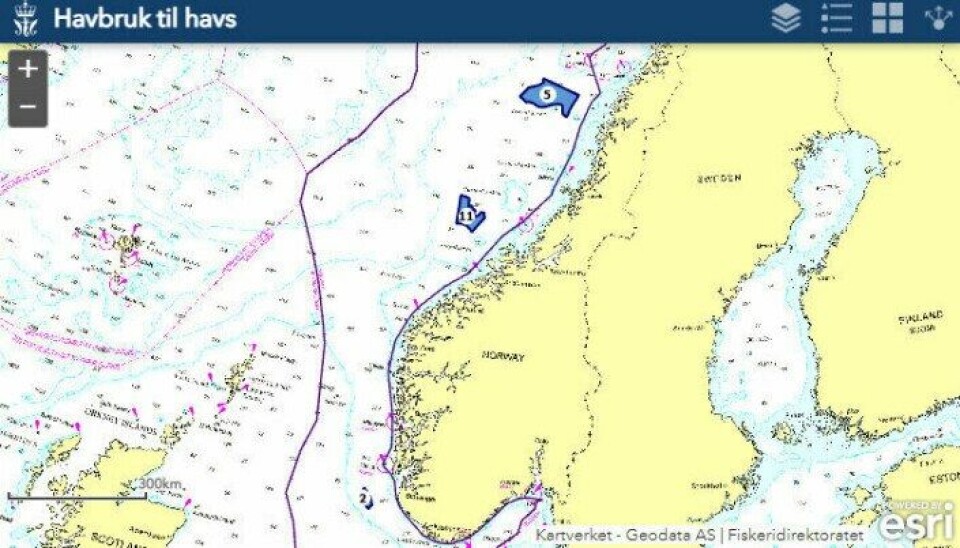
Potential offshore fish farming areas chosen by Norway
Norway’s Directorate of Fisheries has recommended three areas for a public overall impact assessment for the purpose of facilitating offshore fish farming.
The areas - Norskerenna south, Frøyabanken Nord, and Trænabanken - are spread along the coast.
Norskerenna south is at a similar latitude to Orkney and is part of the area covered by the Norskerenna, known in English as the Norwegian Trench or Norwegian Channel, a wide and deep depression around the coast of southern Norway. The trench is between 50 and 95 kilometres wide and up to 700 metres deep.

Smart Fish Farm
Frøyabanken Nord covers an area between 30 and 70 miles off the Trøndelag coast and is the area where salmon giant SalMar has applied to site its planned Smart Fish Farm, which is designed to produce 19,000 tonnes of salmon.
The Trænabanken area is further north, approximately halfway between Trondheim and Trømso.
Several Norwegian salmon farming companies have developed projects for offshore farming, including Nordlaks, which has a ship-shaped salmon farm, the Jostein Albert. But SalMar is the most advanced, having already grown two generations in its pioneering Ocean Farm 1 in a semi-exposed location and developing the Smart Fish Farm concept for fully open ocean farming.
Its majority-owned subsidiary, SalMar Aker Ocean, plans to produce 150,000 gwt of salmon annually in offshore farms by 2030.




















































